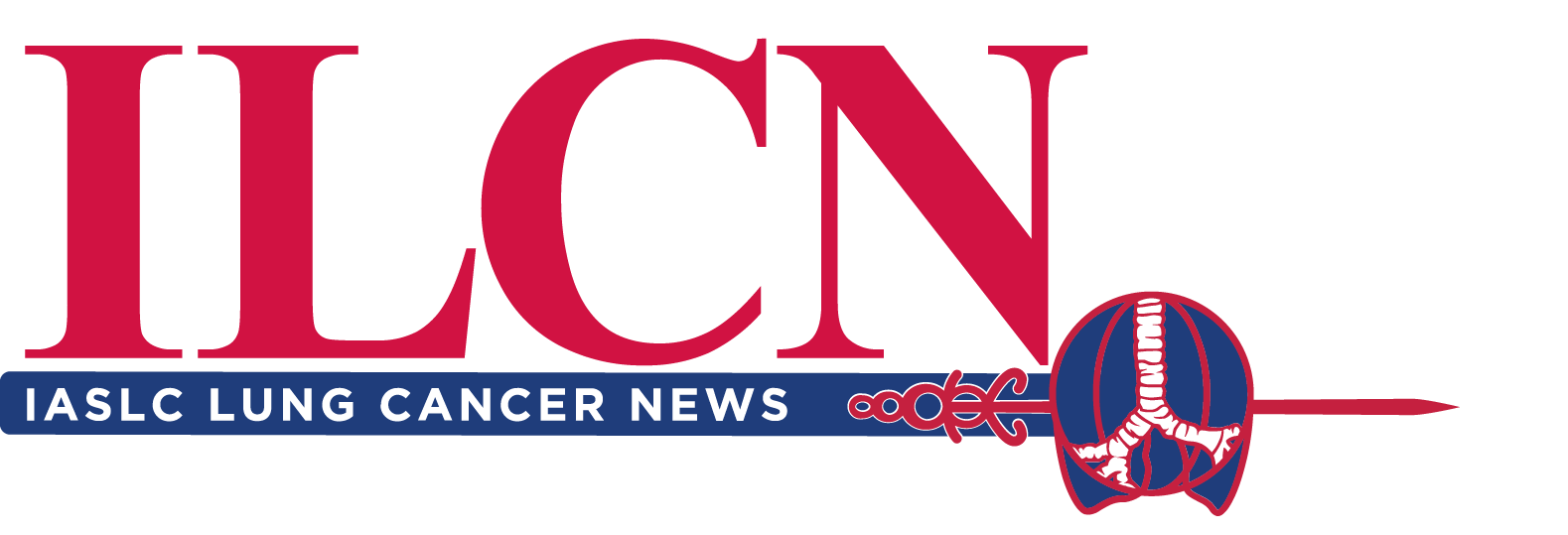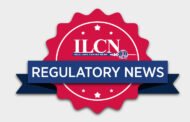Lung nodules are common, with an incidence in the US of greater than 1.6 million annually.1 In Europe, incidence rates are similar, with studies reporting up to 12.6 per 100,000 person-years in some populations.1 While it can be difficult to estimate the global incidence of lung nodules as detection rates vary, using data from the US and Europe, we can extrapolate that millions of new lung nodules are identified worldwide each year.1,2

Often, they are benign, but a lung nodule can represent the earliest detectable stage of lung cancer. To differentiate between benign and malignant nodules, a tissue diagnosis is required. The two primary methods of minimally invasive lung nodule biopsy are computed tomography (CT)-guided transthoracic needle biopsy (TTNB) and navigational bronchoscopy (NB). Modern advances, such as the integration of digital tomosynthesis into the NB platform, have improved targeting precision. However, until recently, there was no high-quality head-to-head comparison of the accuracy and safety of these two techniques. Now, we have data from the VERITAS study, a multicenter, randomized, noninferiority trial that randomized patients with peripheral lung nodules to either NB or CT-guided TTNB.3
In the trial, the diagnostic accuracy of NB was 79.0% (94 of 119 patients) compared to 73.6% (81 of 110 patients) for TTNB. The absolute difference of 5.4 percentage points met the noninferiority margin of 10 percentage points (P = 0.003), indicating that NB was noninferior to TTNB. The p-value for superiority was 0.17, suggesting no significant advantage for either technique in terms of diagnostic accuracy. Of note, pneumothorax occurred in 3.3% (4 of 121) of NB procedures, compared to 28.3% (32 of 113) in TTNB procedures. Severe cases requiring chest tube placement or hospitalization were 0.8% for NB versus 11.5% for TTNB. Overall, 5.8% of NB procedures were associated with complications, significantly fewer than the 31% recorded in TTNB procedures (P < 0.001).

The VERITAS study provides robust evidence that NB offers diagnostic accuracy comparable to TTNB with a significantly lower risk of complications. This is particularly relevant for patients with peripheral lung nodules, as NB’s safety profile reduces hospitalization rates and associated healthcare costs. The bronchoscopic approach also provides the ability to fully stage lung cancer in one procedure through endobronchial ultrasound (EBUS) of the mediastinum, limiting the risk of anesthesia and decreasing time to treatment. Given these factors, we believe NB should become the preferred method for patients and providers when choosing a method for lung nodule biopsy.
As new treatments and technologies emerge with the promise of improved results for patients, high-quality trials should follow to inform the practice of lung cancer clinicians. The VERITAS trial demonstrates that navigational bronchoscopy is a safe and effective alternative to CT-guided transthoracic needle biopsy for diagnosing peripheral lung nodules. Its comparable diagnostic yield and superior safety profile make it a compelling choice in clinical practice.
References
- 1. Schmid-Bindert G, Vogel-Claussen J, Gütz S, et al. Incidental Pulmonary Nodules – What Do We Know in 2022. Respiration. 2022;101(11):1024-1034. doi:10.1159/000526818
- 2. Vamsidhar Velcheti et al. Large scale evaluation of pulmonary nodule workup: A real-world study of over 150,000 patients in New York State. JCO 41, 8559-8559(2023). DOI: 10.1200/JCO.2023.41.16_suppl.8559
- 3. Lentz RJ, Frederick-Dyer K, Planz VB, et al. Navigational Bronchoscopy or Transthoracic Needle Biopsy for Lung Nodules. N Engl J Med. 2025;392(21):2100-2112. doi:10.1056/NEJMoa2414059





